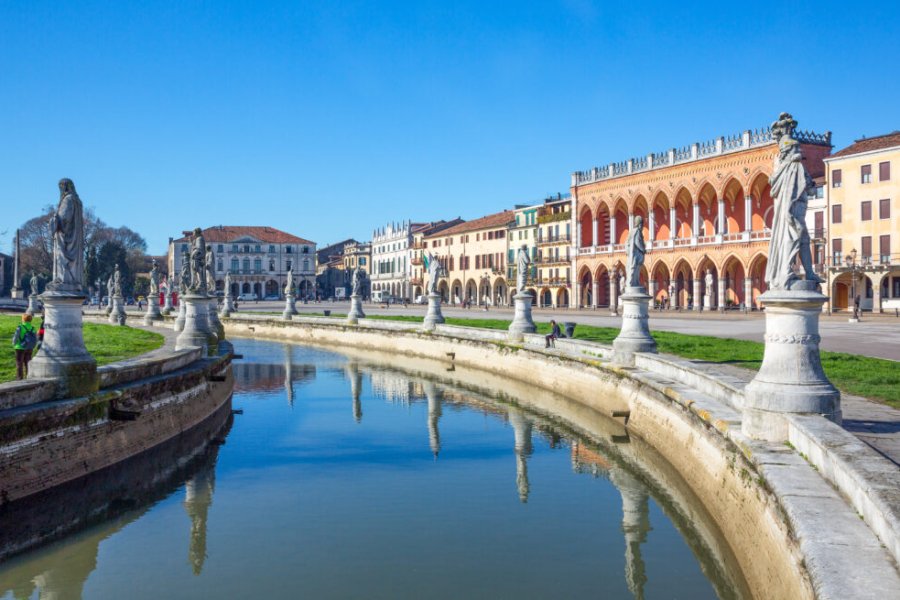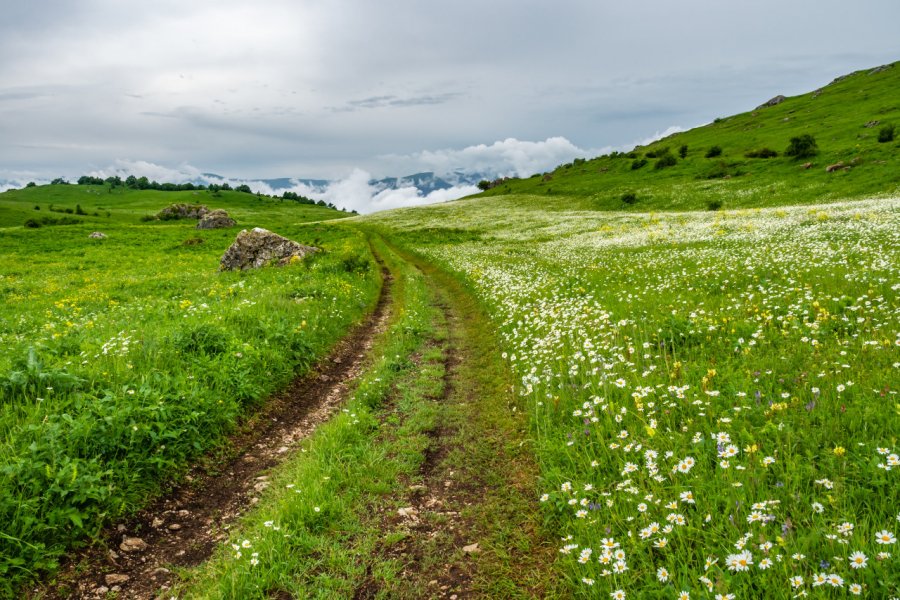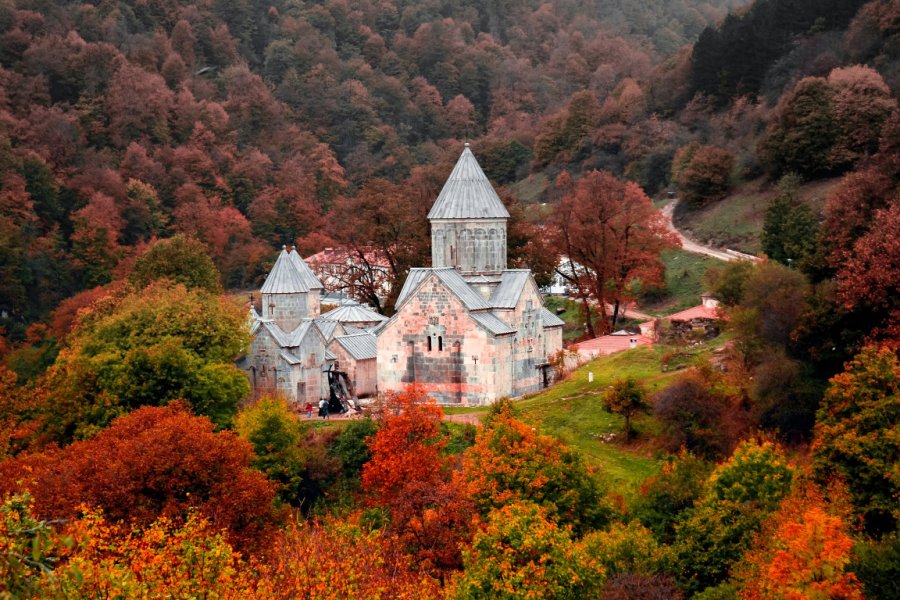Travel Guide Dilidjan
Find an accommodation
Advertising
If from the city of Sevan, a tunnel under the mountain allows to connect Yerevan and Dilidjan more quickly, we cannot advise you too much, if you have time, to take the road passing by the pass of Sevan to discover this small locality, become one of the main tourist destinations of the country. It is at the village of Tsovagyugh, on the northern tip of the Sevan lake, that this picturesque and spectacular road begins, a royal road to this very different Northern Armenia. Leaving the blue lake behind us, we climb through rich pastures to the peaks overlooking the lake, itself situated, let us remember, at 1,900 m. The climb to the Sevan pass (2,114 m) is a simple walk. The pass itself is marked by the few isbas of the village of Semionivka, inhabited by Russian Malakans, scattered in the greasy grass, under the rounded domes of the summits, and does not give any hint of the grandiose scenery that opens up before our eyes at the bend in the road, offering an impressive panoramic view of the whole of northern Armenia: in just a few hundred metres, we dominate Dilidjan and its forest-covered valley, some 1,000 metres below. The soft undulations of the Sevan Pass are now the same size as the 3,000-metre mountains, whose slopes form a beautiful and colourful gorge. In summer, the area of the high peaks is covered with flowers, in autumn, the dried grass contrasts with the polychromy of the forests in red and gold tones and the bright blue sky. The winding road to Dilidjan takes us through the vegetation zones of Northern Armenia, from the tundra and pastures of the high peaks to the conifers, beeches and birches of the valley. An "Armenian Switzerland", with its different rules of life, a milder climate, a generous land, landscapes perhaps less impressive, but more serene, where the rural architecture, using wood, is warmer, including Dilidjan Nestled in the hollow of the Aghtsev valley, the small town of Dilidjan, which has 20,000 inhabitants, gives a happy foretaste of the regional habitat; if the outskirts are still marked by the soviet era, with decayed buildings made of pink tuff, the old part, in height, was rehabilitated, with its lanes lined with houses with sloping roofs of tiles or slate, whose large stone walls are crossed by galleries and balconies in worked wooden colonnades and flanked by verandas. The old town, not very extensive, has regained its charm of yesteryear thanks to the efforts of the Tufenkian group, which in addition to building a beautiful hotel, has restored a whole street where it has revived a craft industry and therefore tourism. At the entrance to the city, a small artificial basin, with pedal boats and canoes, surrounded by refreshment stands from which escape the scent of kebabs and sometimes thundering music, exudes the "discreet charm" of the Soviet era. An atmosphere, therefore, determined by a superb natural setting, more than a monumental interest, for this city of Dilidjan which had seduced, in the 19th century, the Russian aristocracy established in Yerevan, but also in Tbilisi, who came to breathe the pure air.
What to visit Dilidjan?
Suggested addresses Dilidjan
Weather at the moment
Advertising
Organize your trip with our partners Dilidjan
Transportation
Book your plane tickets
Car Rental
Boat rental
Accommodation & stays
Find a hotel
Holiday rental
Find your campsite
Tailor-made trip
Immersion travel
Services / On site
Activities & visits
Find a doctor
Dilidjan travel inspiration
Find unique Stay Offers with our Partners
Pictures and images Dilidjan
Other destinations nearby Dilidjan
25 km away













